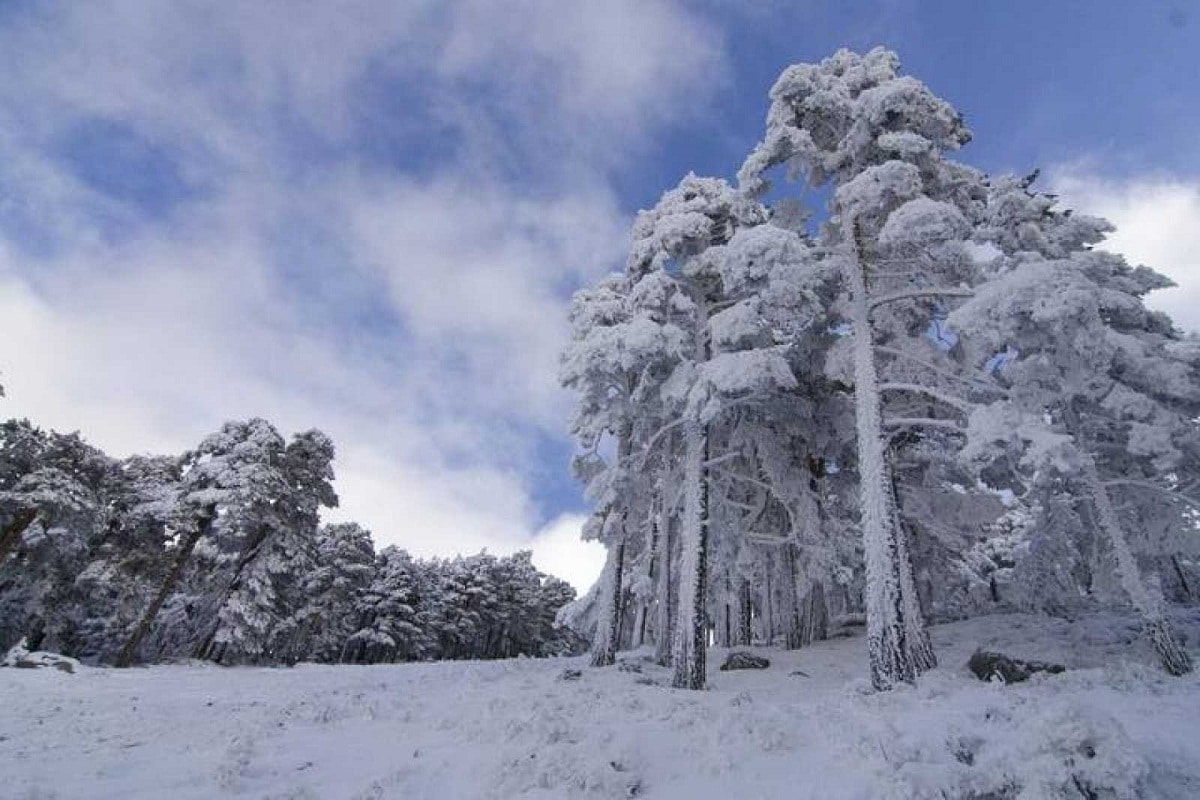
Snow is what is called frozen water that has precipitated. It is nothing more than water in a solid state that falls directly from the clouds. Snowflakes are made up of ice crystals that, as they descend to the earth's surface, cover everything with a beautiful white blanket. However, although this blanket is white, we know that the sky is transparent. This makes many people question why is snow white.
For this reason, we are going to dedicate this article to telling you what are the main reasons why snow is white if ice is transparent.
snow characteristics
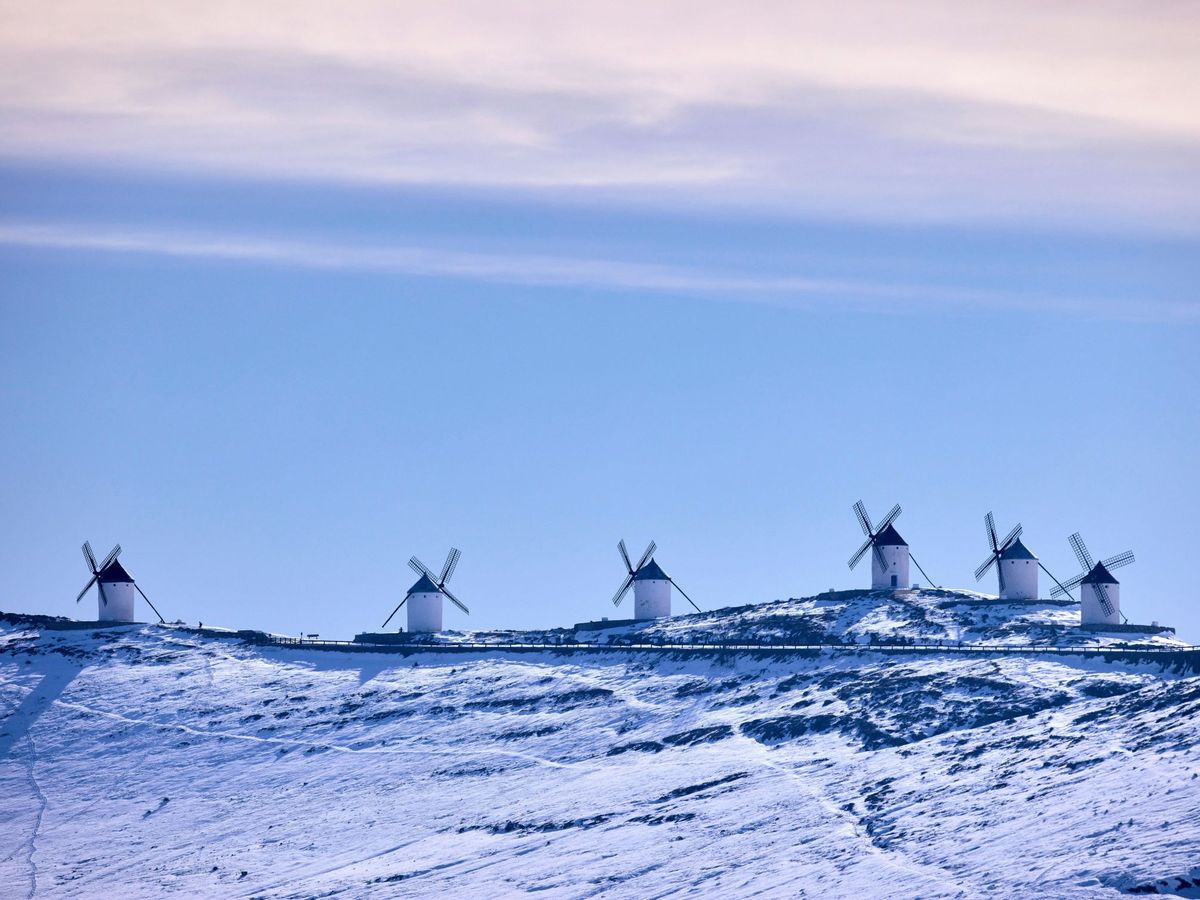
To know why snow is white, we must first know what its characteristics are. Snow is small crystals of frozen water that are formed by absorbing water droplets in the upper troposphere. When these droplets collide, they combine to form snowflakes. When the weight of a snowflake is greater than air resistance, it will fall.
To do this, the temperature at which snowflakes form must be below zero. The formation process is the same as for snow or hail. The only difference between them is the formation temperature.
When snow falls to the ground, it accumulates and forms layers. Snow persists and continues to store as long as the ambient temperature remains below freezing. If the temperature rises, the snowflakes will begin to melt. The temperature at which snowflakes form is usually -5°C. It can form at higher temperatures, but is more frequent at -5°C.
People often associate snow with extreme cold, when actually most snowfall occurs when the ground temperature is 9°C or higher. This is because a very important factor is not taken into account: environmental humidity. Humidity is a conditional factor in the presence of snow in a place. If the weather is very dry, even if the temperature is very low, it will not snow. An example of this is the dry valleys of Antarctica, where there is ice but never snow.
Sometimes the snow dries up. It's about those times when the snow formed by ambient humidity through lots of dry air turns snowflakes into a powder that doesn't stick anywhere, perfect for those snow sports.
The snow cover after a snowfall has different aspects depending on how the weather activity develops. If there are strong winds, melting snow, etc.
why is snow white
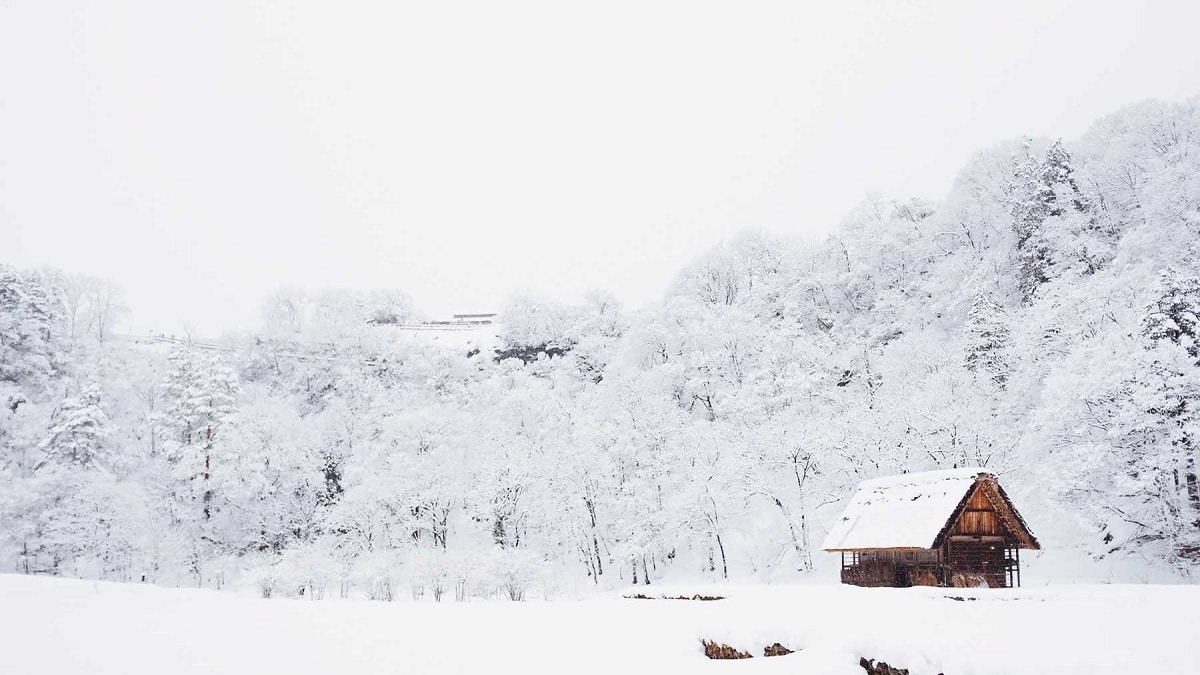
While the sun we see is yellow, which is how we usually depict it in paintings, the light it sends back to us is white. The yellow color is created by distortions created by the atmosphere. Astronauts in space see the sun as white.
This light that we receive from the stars is the sum of all the colors of the visible spectrum, and the result is white. This is exactly the opposite of the situation with painting. If we mixed all the colors of the house, we would have black.
The snowflakes took on a peculiar figure. The falling snow actually falls in the form of large flakes. Air is trapped between these flakes. When sunlight strikes each of them, it undergoes a change of medium, from air to ice and from ice to air. You can do it repeatedly. The parts are also reflected on the same code surface.
The key concept is to understand that all light hitting the flakes bounces off in all directions. No part of the light is absorbed. So the white light leaves flakes with the same characteristics in the same way that the light arrives. So snow is white.
snow of different colors
Snow is always white. Even so, we may have seen it in other colors in some photos. In Spain, in recent years we have seen ski resorts dyed brown by snow.
The cause does not have to do with light, but with suspended dust particles that are carried by the winds from North Africa. As they settle, they are accompanied by snowflakes that gild portions of the ski area's surface.
Then we can find snow of other colors, but once it is on the ground it becomes colored. This is the case of powdered snow, produced by soil bacteria that, when mixed with the snow, dye it that color. Or black, if there is carbon pollution.
Detailed explanation of why snow is white
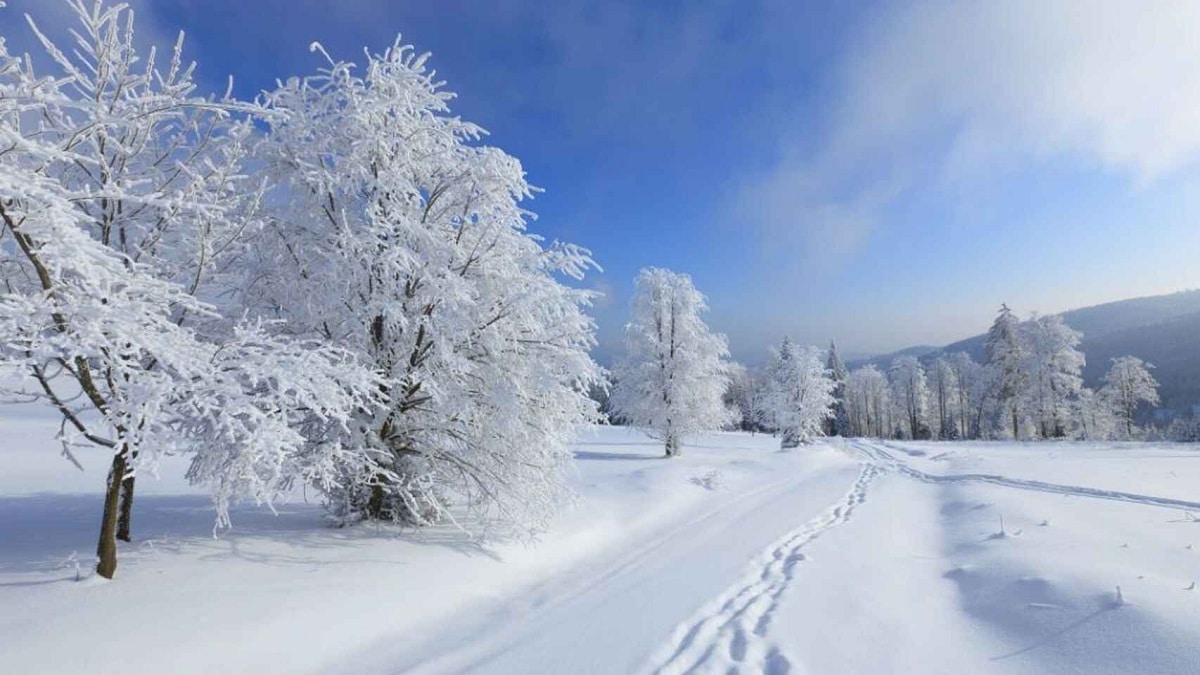
Snow is made up of flakes, which are crystals of crystals frozen around the powder. They are star-shaped and have six arms, each made up of a few quintillion molecules. They form in clouds full of water droplets whose temperature drops to -12ºC. As the flakes aggregate with each other, air is trapped. It is this air that gives it the snow-white color.
That air scatters the light, that is, it absorbs it and emits it in all directions like a billiard ball. Light is white because it is the sum of all the colors of the rainbow: red, orange, yellow, green, blue and violet. Air is made up of molecules of oxygen, nitrogen and noble gases, as well as suspended particles such as dust, water droplets and crystals of water and salt.
Each element that makes up the air disperses light in a specific color according to its peculiarities. That is, everyone has a preference for a certain color that shapes the light that falls on them and distinguishes it from other colors. For example, nitrogen and oxygen scatter blue and violet more, which emit in all directions, while the rest of the colors are allowed to pass in a straight line. We see a blue light shooting in all directions.
However, the air trapped in the spaces between the snowflakes is not the same air produced by the blue sky. Under these limitations, the colors also disperse, but the human eye cannot appreciate the color options of the different elements. We see that the light is mixed again, which is white.
The same effect occurs with polar bear fur, for example. His cloak was not snow white, but transparent. It is the air trapped between the hairs that makes it white by diffusing light, as in snow.
The same air that makes snow white gives it another characteristic: a relaxing effect. Those of us who live in cities notice with special force the calm that snow brings. The atmosphere of the city became silent. It's not because cars drive slower or people walk less. What happened was that the snow muffled the sound. Added to the air in the inner tin house is the air still trapped in the condensed snow, which hides a large number of cavities that hide even more air.
green colored snow
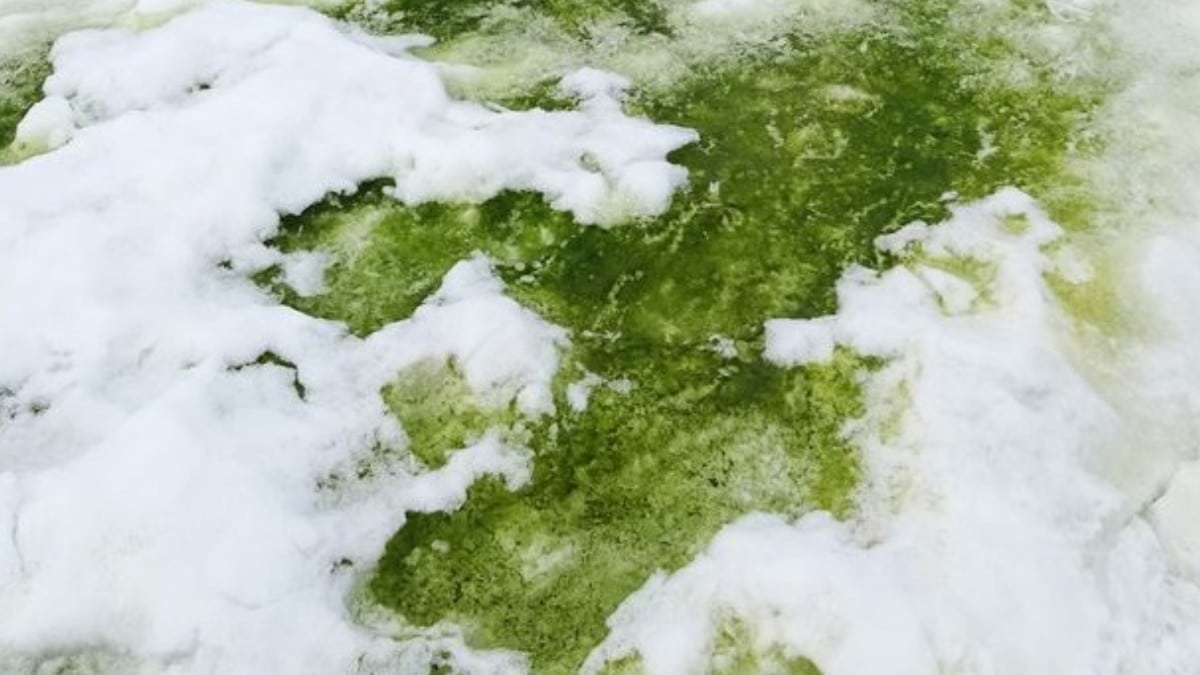
When hearing the word green snow, what one might think is that the vegetation is growing due to the melting of the Antarctic snow. Currently, due to rising global temperatures, white snow is turning green as microscopic algae grow. Growing it in large quantities will turn it snow green and give it a bright green appearance. The phenomenon can be seen even from space and has helped scientists make maps.
All data is collected thanks to satellites capable of observing and taking images. Observations made over several summers in Antarctica were combined with satellite observations to estimate all the areas where green snow will be tested. All of these measurements will be used to calculate how fast algae will continue to spread across the continent due to climate change. Unsurprisingly, the growth of these tiny algae affects global climate dynamics.
The albedo of the Earth is the amount of solar radiation reflected back into space by different elements on the Earth's surface. Among these elements we find surfaces with light colors, clouds, gases, etc. Snow can reflect up to 80% of incoming solar radiation. The finding on green snow is that the albedo data is reduced to 45%. That means more heat can stay on the surface without being reflected back to outer space.
One might think that since Antarctica's albedo would decrease, it would be a self-reinforcing average temperature controller. However, different aspects that affect this evolution of temperature must also be considered. For example, microalgae growth also facilitates the absorption of carbon dioxide through photosynthesis. This helps reduce greenhouse gas emissions, which helps us keep temperatures down.
Therefore, we must analyze the balance between the amount of heat that Antarctica is able to retain due to the reduction of the terrestrial albedo and the ability of microscopic algae to absorb carbon dioxide from the atmosphere. As we all know, carbon dioxide is a greenhouse gas with an insulating capacity. Therefore, the more carbon dioxide there is in the atmosphere, the more heat is stored, causing the temperature to rise.
I hope that with this information you can learn more about why snow is white.